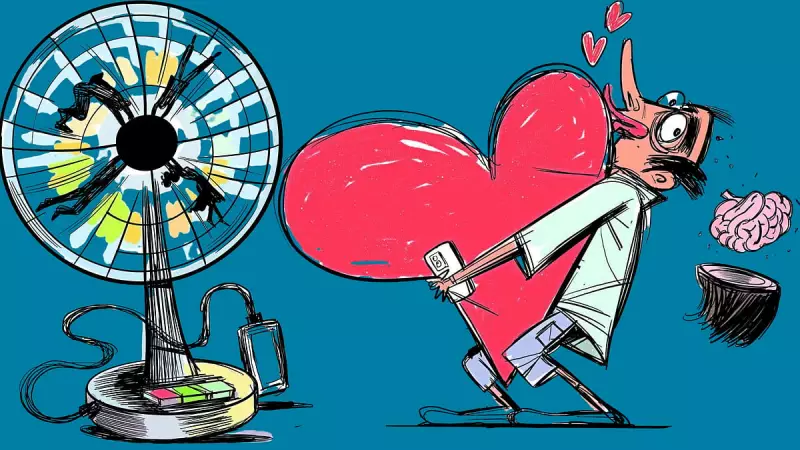
In today's hyper-connected India, fandoms have evolved from casual admirers to powerful digital communities that shape identities, forge connections, and occasionally create divisions across the nation. What began with handwritten fan letters to Bollywood icons like Amitabh Bachchan has transformed into massive online ecosystems where millions find belonging.
The New Face of Indian Fandom
Modern Indian fandoms represent a fascinating cultural shift. While cricket enthusiasts still paint their faces in team colors and Bollywood fans continue to queue for hours outside theaters, digital platforms have amplified their voices and organizing power exponentially.
The phenomenon extends beyond traditional entertainment spheres. Today, an Indian teenager might equally passionately defend Virat Kohli's batting statistics and BTS's latest music video in the same social media thread.
Bollywood's Enduring Reign
Bollywood superstars continue to command legendary followings, but the nature of fandom has dramatically changed. Fan clubs that once organized through physical meetings now coordinate global trending campaigns on Twitter and create viral content on Instagram, demonstrating their idol's popularity metrics to brands and producers.
The Cricket Connection
Cricket fandom in India operates almost like a national religion, with players like Virat Kohli generating devotion that transcends sports. Social media has turned match days into nationwide virtual stadiums where millions celebrate or mourn together in real-time.
The Global Invasion: K-pop and Anime
Indian youth are embracing international cultural phenomena with unprecedented enthusiasm. K-pop groups like BTS and BLACKPINK have cultivated dedicated Indian followings that organize viewing parties, cover dance competitions, and even fund charity projects in their idols' names.
Similarly, anime has moved from niche interest to mainstream obsession, with Indian fans creating elaborate cosplays, forming discussion groups, and building communities around shared love for Japanese animation.
The Double-Edged Sword of Fandom
While these communities provide belonging and purpose, they also face criticism for occasionally fostering toxic behavior. Fan wars between supporter groups of different celebrities can turn vicious, with coordinated harassment campaigns and personal attacks becoming unfortunate byproducts of extreme devotion.
Yet the positive impact often outweighs the negatives. Many fans credit these communities with helping them through difficult times, providing social support networks, and even developing professional skills in content creation, event management, and digital marketing.
What Fandoms Reveal About Modern India
These diverse fan communities reflect India's evolving cultural landscape—simultaneously rooted in tradition while embracing global influences. They demonstrate how digital platforms have enabled new forms of social organization that transcend geographical boundaries while sometimes reinforcing them.
As one community organizer noted, "In a country as vast and diverse as India, fandoms create instant connection points. Whether you're from Delhi or Chennai, loving the same celebrity or show gives you common ground in an increasingly fragmented world."
The future of fandom in India appears destined to grow even more sophisticated as technology evolves, creating ever-more immersive ways for fans to express their devotion and connect with like-minded individuals across the country and beyond.





